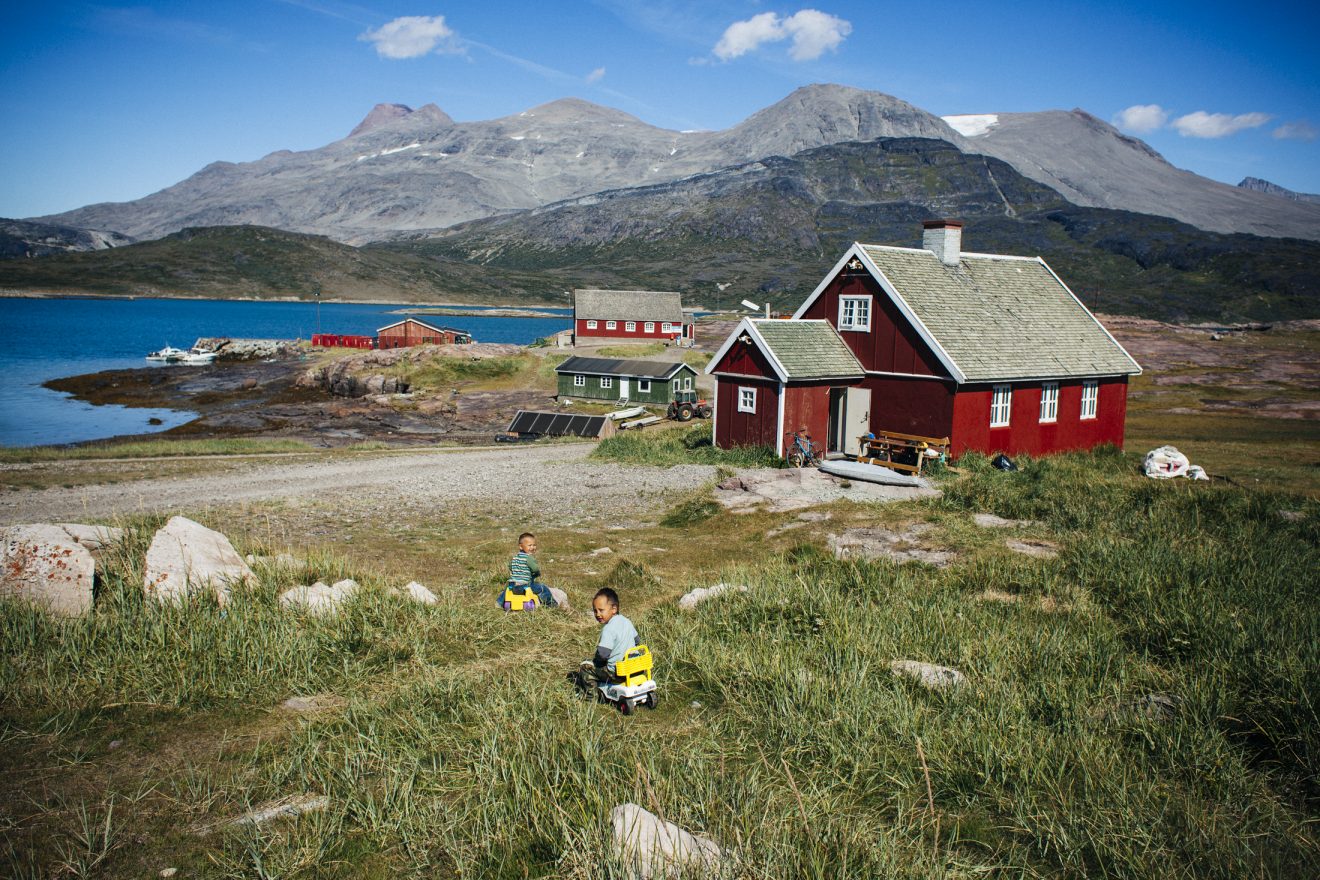The Arctic is one of the most fragile regions of the planet and where environmental imbalances can be seen most easily. These not only affect nature, but also the people who live there. Living in an extreme environment is complicated. Its natural resources are limited and the Inuit know this. That is why, generation after generation, they have known how to manage what nature gives them in a respectful and balanced way, in complete communion with it. Its inhabitants, especially those in the south of the country where the climate is relatively milder compared to the northern regions, have seen an increase in the number of hectares of land devoted to crops and livestock. In the southern part of Greenland a few farmers have been able to cultivate crops and raise livestock. They primarily focus on cold-tolerant crops like potatoes, carrots, lettuce, and cabbage.
Communication routes are also affected, as the ice is getting thinner and thinner every year, making it dangerous to cross. At the same time, the identity of a people that was built in relation to their environment is lost. Western acculturation inevitably reaches everywhere, as a way of life disappears almost as fast as the arctic ice does.














































